Top 4 changes to the 2022 EPO Guidelines for Examination
February 1, 2022
Update 03/02/2022: The preview has been re-published and the links to it in this article are live again.
Update 02/02/2022: The original press release regarding the advance preview of the Guidelines and the pdfs of the preview have been taken down. The links in this article will be updated once the advance preview is re-published.
Original article:
The European Patent Office has today published an advance preview of its annual update to the Guidelines for Examination which will come into force on 1 March 2022.
1. Description amendments (again)
Since the updates to the 2021 Guidelines brought in stricter expectations for bringing the description in line with the claims prior to grant of patent applications, the EPO have been receptive to users’ backlash.
The EPO noted that many of the responses in the consultation on the 2021 Guidelines were on this topic. As a result, the EPO have engaged with professional associations to seek feedback, and taken on board proposed wording for the requirements from the SACEPO Working Party on Guidelines.
In light of this, F-IV, 4.3 has been revised to soften the requirement to adapt the description to accord with the claims. In particular, the Guidelines no longer require the removal, or prominent marking as not being claimed, of embodiments in the description that are no longer covered by amended claims. Instead, only subject-matter that is inconsistent with the claims needs to be deleted from the description or marked as not falling within the subject-matter for which protection is sought.
Additionally, the new Guidelines state that applicants must be given the benefit of the doubt for borderline cases where it is unclear whether an embodiment is consistent with the claims.
It is worth bearing in mind that this new Guidelines wording would have been finalised before the somewhat controversial decision in T 1989/18 which found no legal basis for the requirement to amend the description in line with the claims.
2. Establishing a technical effect of a simulation
Following G 1/19, which maintained the status quo by applying COMVIK to assess computer-implemented simulations, G-II, 3.3.2 has been updated to make it clearer how to approach establishing whether or not there is a technical effect when the claimed subject matter involves a simulation. The new discussion delineates different situations where simulations are involved, covering the gamut from purely numerical simulations with no direct link with physical reality, to simulations which interact with the outside world.
Important concepts that were reinforced in G 1/19 are now emphasised in the Guidelines. In particular, that output data of a simulation may have a ‘potential technical effect’ - a technical effect that would be produced when the data is used according to an intended technical use.
Correspondingly, G-VII, 5.4.1 has been updated to refer to G-II, 3.3.2 when formulating the objective technical problem for mixed technical and non-technical claims.
3. Partial priority considerations
Partial priority, when only part of the claimed subject matter is entitled to the priority date of an earlier application, may arise if a claim is broader than disclosed in the priority application.
F-VI, 1.5 of the 2022 Guidelines appends a reminder to the discussion of situations involving partial priority: that since an application and an earlier application filed by the same applicant can partially relate to the same invention, the application can only serve as ‘the first application’ within the meaning of Art. 87(1) EPC for parts of the invention which are not disclosed in the earlier application. In other words, a later application cannot validly claim priority to a part of the application which already appears in the earlier application.
This reminder reflects updates in the most recent edition of the Case Law of the Boards of Appeal in summarising T 282/12 which held that the rationale of G 1/15 also applies when deciding whether an application from which priority is claimed is ‘the first application’.
The additions to F-VI, 1.5 also warn of potential consequences of separately transferring partial priority in case an assignor is left with a limited right and may no longer claim that partial priority.
The addition of these reminders to the Guidelines for Examination is a little curious given that, as a rule, the EPO initially examines only the formal conditions for claiming priority.
4. Inventors’ location
Amended Rule 19(1) EPC came into force in April 2021 and changed the requirement to provide an address for each inventor with their place of residence. Whilst the wording of the amended rule referred only to the place where the inventor resides, in practice, the EPO have been accepting the place of the applicant to be given for the inventor.
The new Guidelines formalise this practice in A-III, 5.3 which may provide reassurance to users who have already been providing the place of the applicant as the place of residence of the inventor.
Honourable mentions
- F-V, 3.2.4 - new example of lack of unity in claims with multiple dependencies.
- G-VII, 5.4.2.4 - new example of applying COMVIK approach which illustrates a situation where features which are non-technical in isolation, but contribute to producing a technical effect in the context of the claimed invention.
- E-VIII, 1.6.2.3 - additional types of period now expressly covered by extensions under Rule 134 EPC. The Guidelines therefore give legitimate expectations to users that the stated periods are extendable under all paragraphs of Rule 134 EPC even though no legal basis is given e.g. for the application of Rule 134(2) EPC to the opposition period.
- E-VI, 2.2 - restructured with minor revisions to discussion of late submissions in oral proceedings, some of which has been moved from former E-III, 8.6
- G-IV, 5.4 - discussion on prohibition on double patenting updated in view of G 4/19.
- F-IV, 4.7.1 - extended reasoning on why the qualifiers "about", "approximately" or "substantially" normally need to be deleted from claims.
You may also like







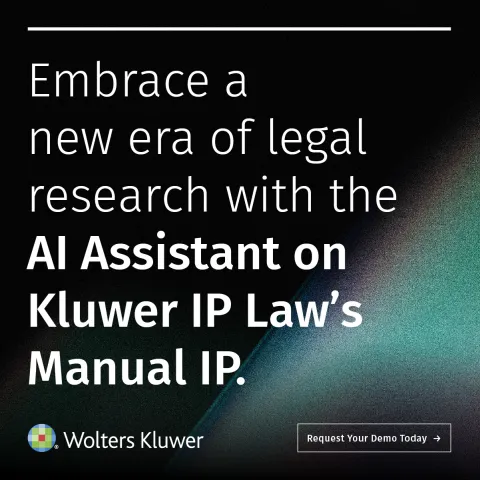
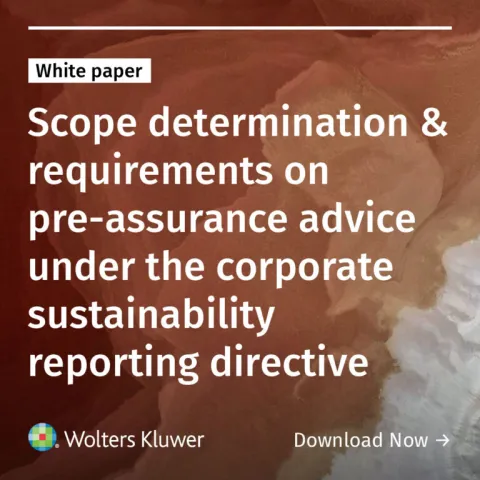

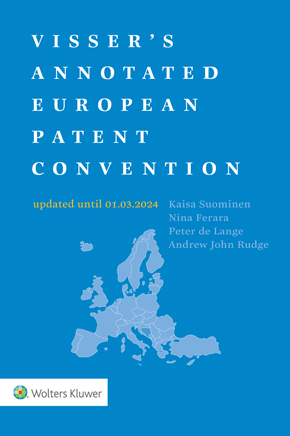
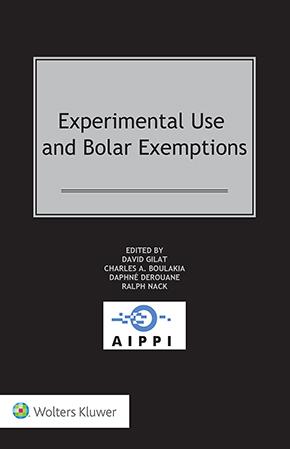

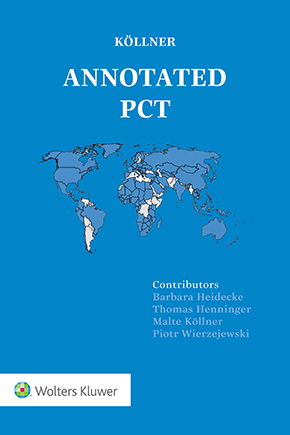

Simona Fonzi
"potential technical effect’" This whole "technical effect" doctrine need to go to the bin.
Concerned observer
I do not agree that there has been much softening of the EPO's stance. This is because the proposed wording of F-IV, 4.3 includes the following. "Parts of the description that give the skilled person the impression that they disclose ways to carry out the invention but are not encompassed by the wording of the claims are inconsistent (or contradictory) with the claims. Such inconsistencies may be present in the application as originally filed or may result from amending the claims to such an extent that they are no longer consistent with the description or drawings. For example, an inconsistency may exist due to the presence of an alternative feature which has a broader or different meaning than a feature of the independent claim. Further, an inconsistency arises if the embodiment comprises a feature which is demonstrably incompatible with an independent claim... The applicant must remove any inconsistencies by amending the description either by deleting the inconsistent embodiments or marking them as not falling within the subject-matter for which protection is sought... The terms "disclosure", "example", "aspect" or similar do not necessarily imply that what follows is not encompassed by an independent claim. Unambiguous expressions have to be adopted to mark an inconsistent embodiment (e.g. by adding "not encompassed by the wording of the claims", "not according to the claimed invention" or "outside the subject-matter of the claims") instead of replacing the terms "embodiment" or "invention" by one of the aforementioned terms". It therefore seems that the EPO still wants applicants to mark each and every "inconsistent embodiment" in the description as not forming part of the claimed invention. In my view, the wording of the revised Guidelines is unlikely to improve the situation in anything other than a small minority of cases. For the majority of cases, the tweaks to the wording will be about as much use as a chocolate fireguard.
Another Attorney
It's not clear that G 1/19 maintained the status quo. Point 6.1 of T 1371/16 suggests that constraining further use of the output of a simulation might be a new requirement that did not exist prior to G 1/19.
Attentive Observer
For all those who thought that the EPO would bow to the pressure generated by the famous T 1989/18, the amendments of the Guidelines do not change EPO's fundamental stance in the matter. i agree with Concerned Observer. What can be considered positive is that in case of doubts, the doubts should benefit to the applicant. When looking at some of the suggestions certain representatives wanted to maintain, it is clear that what they considered allowable is certainly not allowable. It is to be hoped that applicants will stop filing claims of the kind "computer program" or "program support" which perform method claim 1 when inserted in a computer, when in order to perform the method needs external devices. If no external devices are disclosed, the objection is then not Art 84 but Art 83. When the method consist for example in controlling process, sicking the program in a laptop will not allow to carry out the method! See F-IV, 3.9.2. Such a conclusion was however reached by a BA in T 926/17 https://www.epo.org/law-practice/case-law-appeals/recent/t170926eu1.html